Turning an Insert-Style Game Call
Insert-Style Game Calls are used by many of today’s professional guides and serious hunters. They’re functional, durable and can be turned in a variety of classic styles and sounds. And they’re much easier to turn than one might think.
Today, we’ll show you how to turn an Echo Timber Duck Call. You’ll only need a few supplies to make your own one-of-a-kind duck call. Start by selecting a 1-½” x 1-½” x 3” blank, preferably a stabilized wood or acrylic blank as these are more durable when exposed to the elements. For this project, you’ll also need a 5/8” WoodMaster Game Call Mandrel, Drill Chuck or collet chuck, and a 5/8” drill bit. Lastly, you’ll need sandpaper and a durable, water-resistant finish such as Waterlox, because let’s face it, the call is going to be used outdoors.
Preparing the Blank
Start by boring a 5/8″ hole completely through the blank. Back the bit out frequently to clear wood chips and prevent overheating. Note: You may need a drill bit extender if your drill bit is not long enough to drill through the blank.
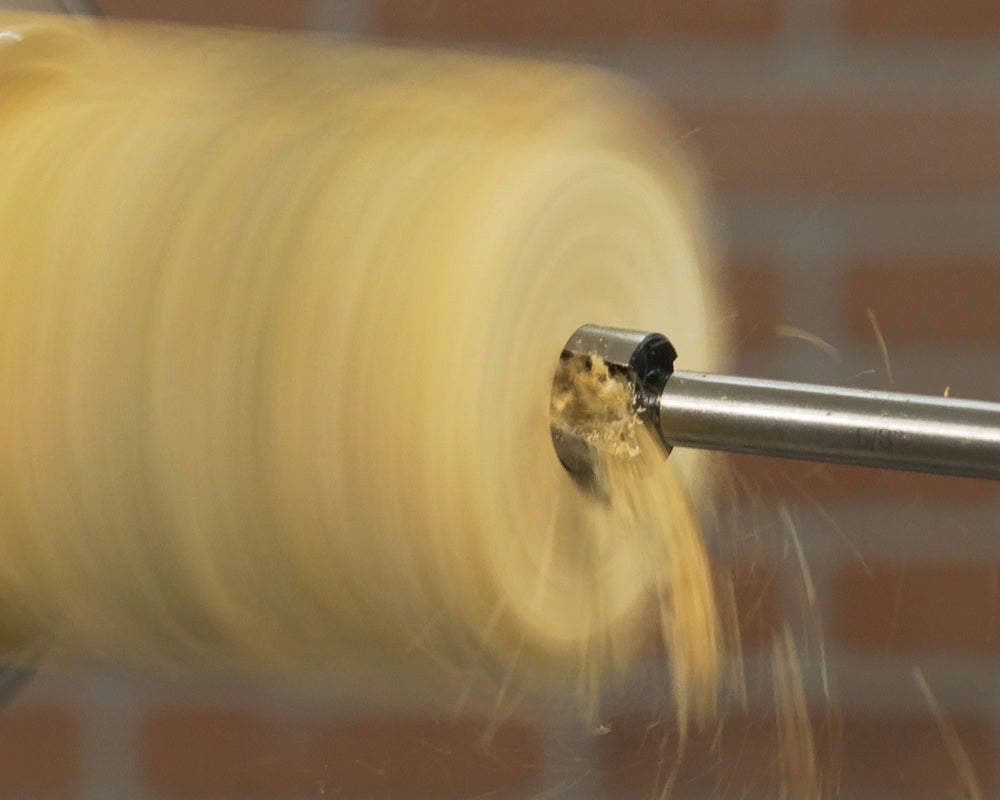
Mount the WoodMaster mandrel onto your lathe using a collet chuck or drill chuck. We’ll be using a collet chuck with a 3/8” collet.
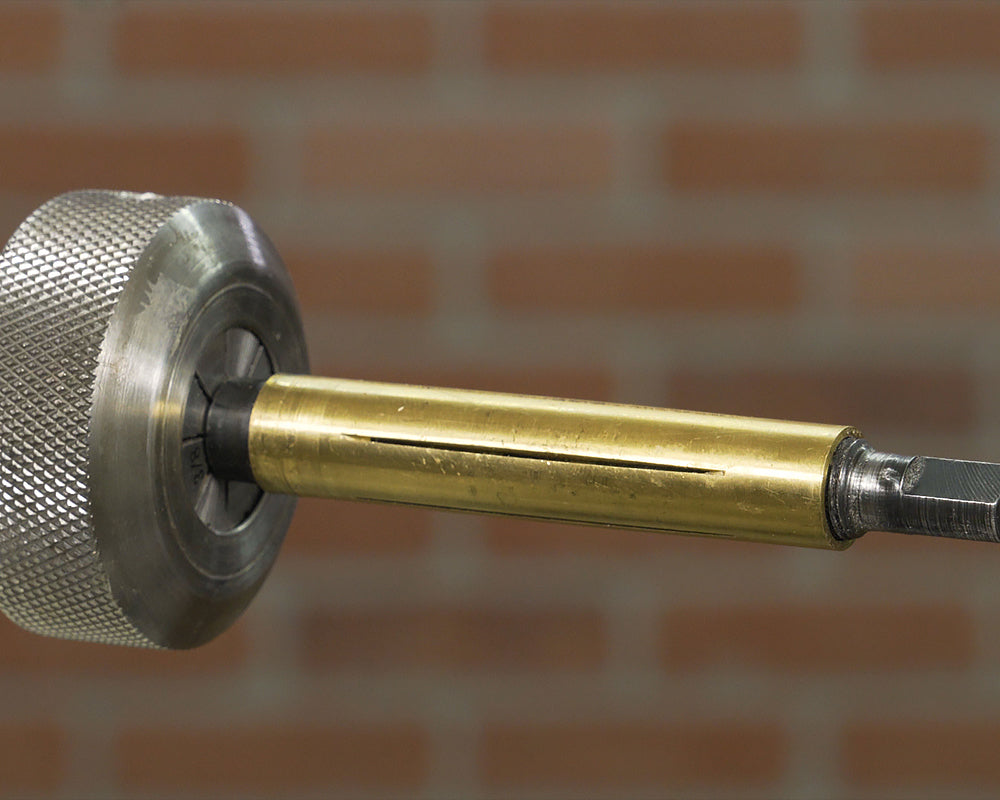
Slide the drilled blank onto the mandrel, then tighten the expansion screw until its snug. DO NOT OVER TIGHTEN or you might damage the mandrel! Use a revolving cone center in the tailstock to support the mandrel throughout the turning process.
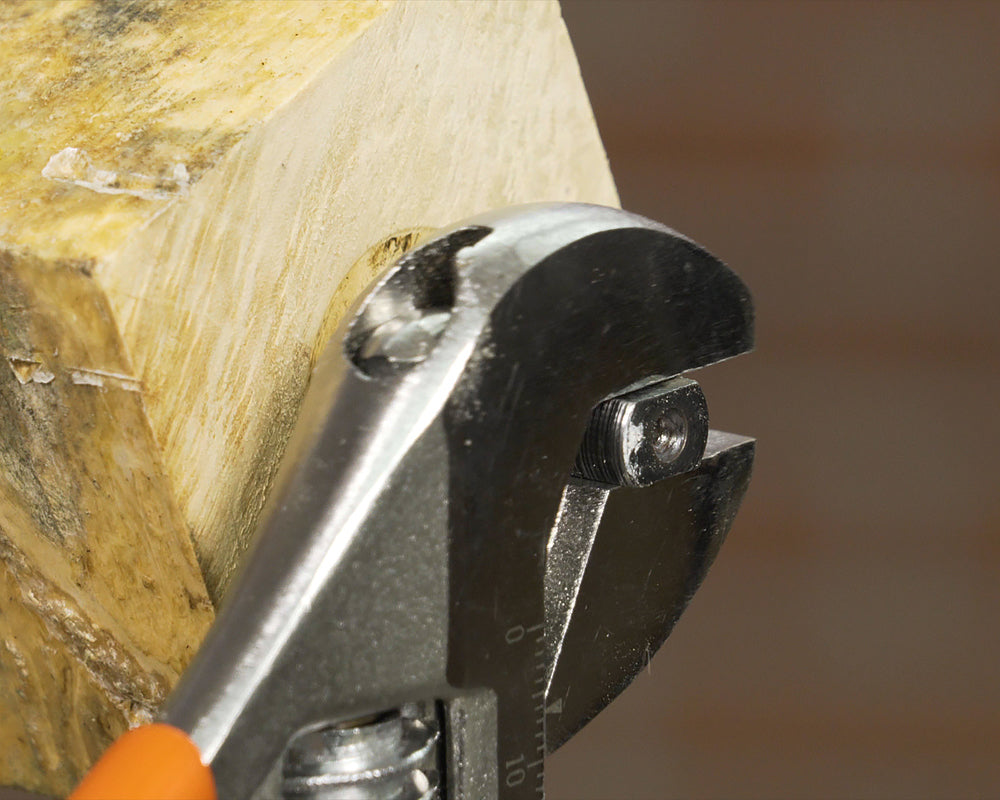
Turning the Game Call
Begin by rough turning the blank to round using a spindle roughing gouge. Turn the blank to your desired shape using a spindle gouge being careful not to turn the walls too thin. Take extra care to turn the end of the blank to a smooth, comfortable shape where the lips blow on the call. Lastly, using a cove tool or spindle gouge, make a groove for a lanyard.
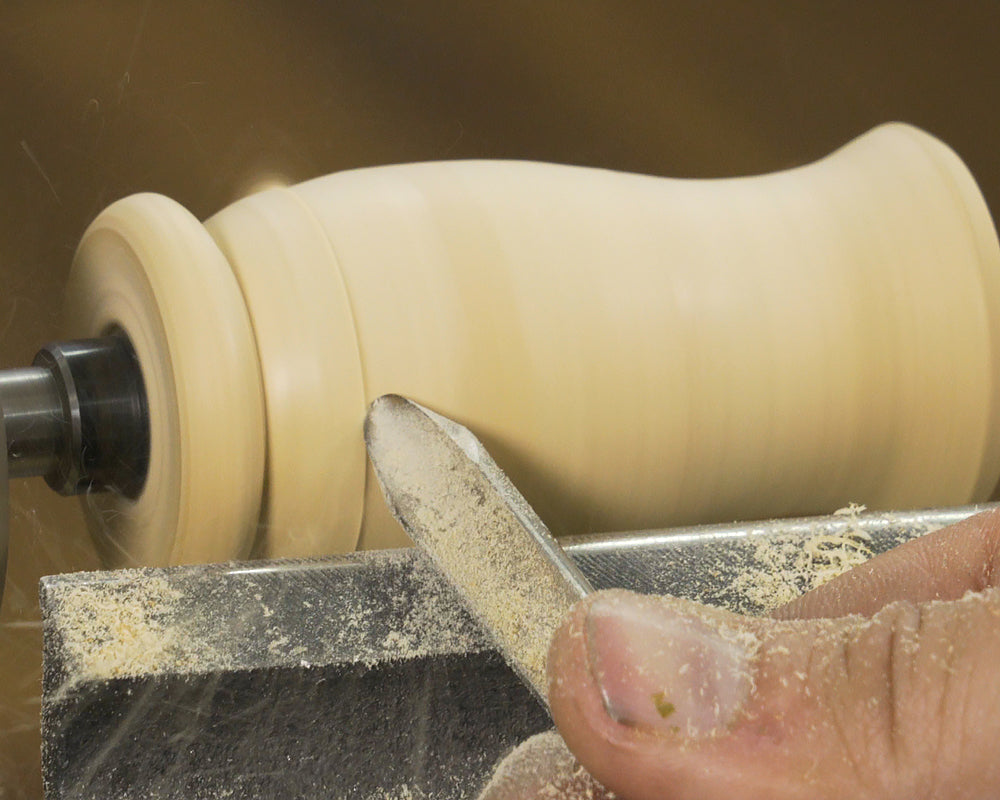
After the turning is done, sand the blank to at least 320 grit. Again, make sure the end is nice and smooth and there are no sharp edges where the lips blow on the call.

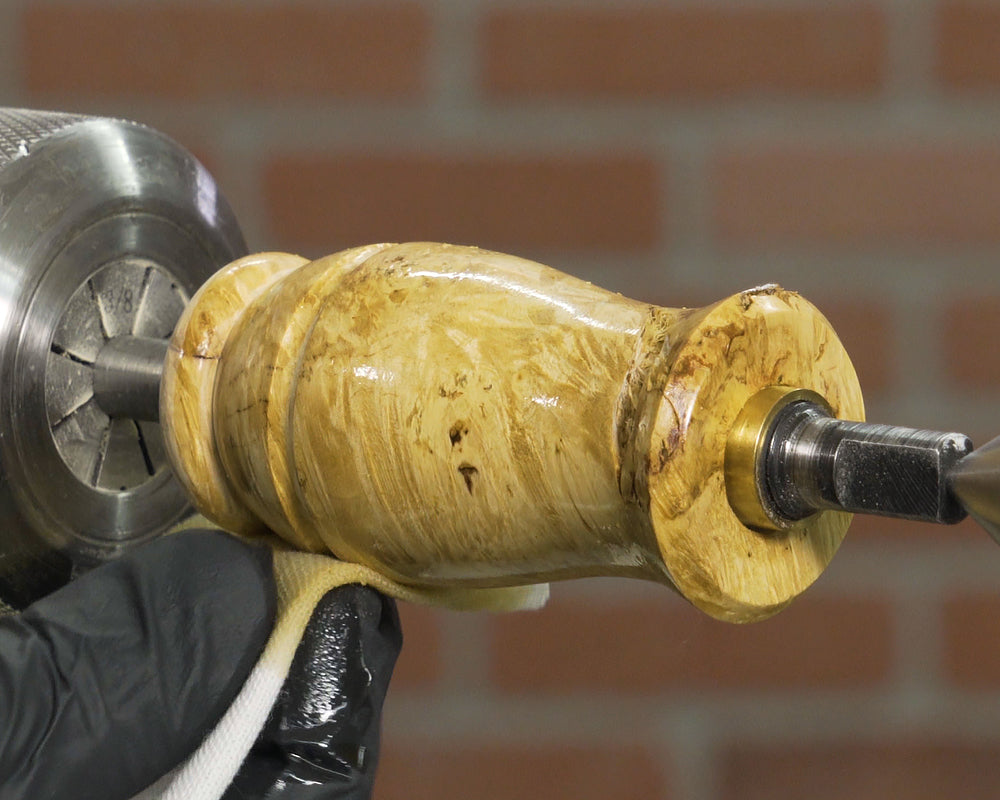
For a durable finish, make sure the blank is dust free and apply at least 2 coats of Waterlox, making sure that each coat fully cures for at least 12 hours. Once the Waterlox is fully cured you can buff the finish to a higher gloss if desired.
Assembling the Game Call
Press the reed assembly into the blank. It should be a snug, friction fit. Now give it a try! (Helpful tip: If it doesn’t sound right, flip it around, you might be blowing in the wrong end. Don’t ask how we know this 😉
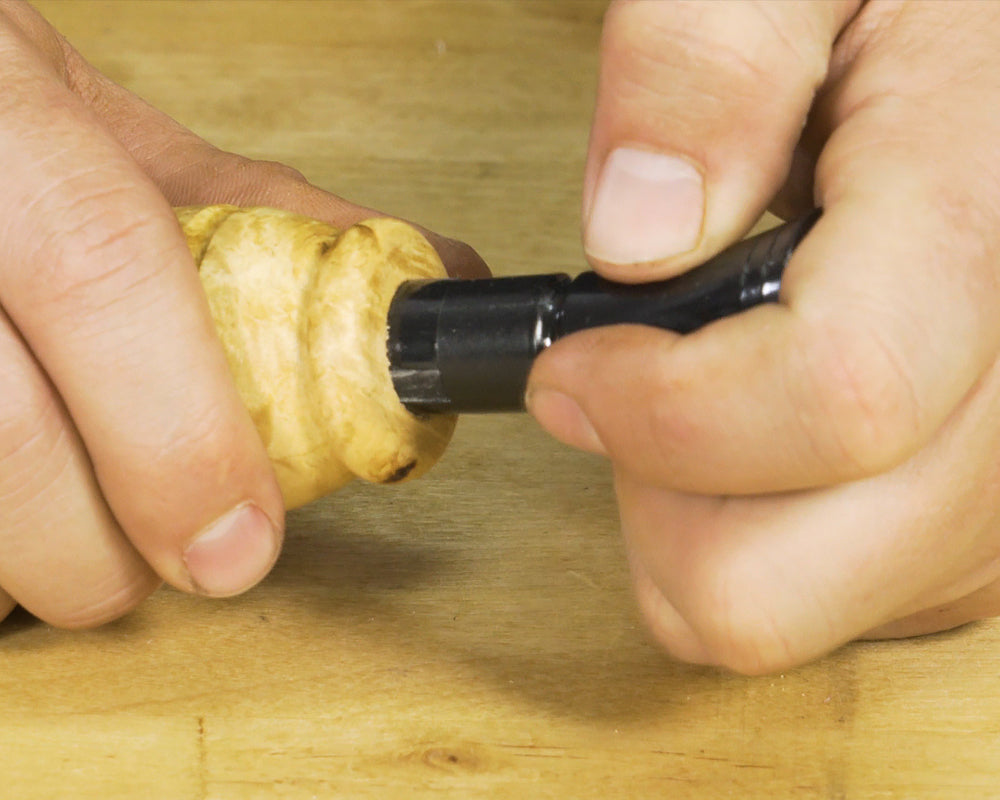
Finally, attach a lanyard to your call. We recommend using a double lanyard and attaching it to both the stopper and tone chamber. That way if the stopper comes loose it won’t be lost in the field. Your custom duck call is now ready for the next hunt!
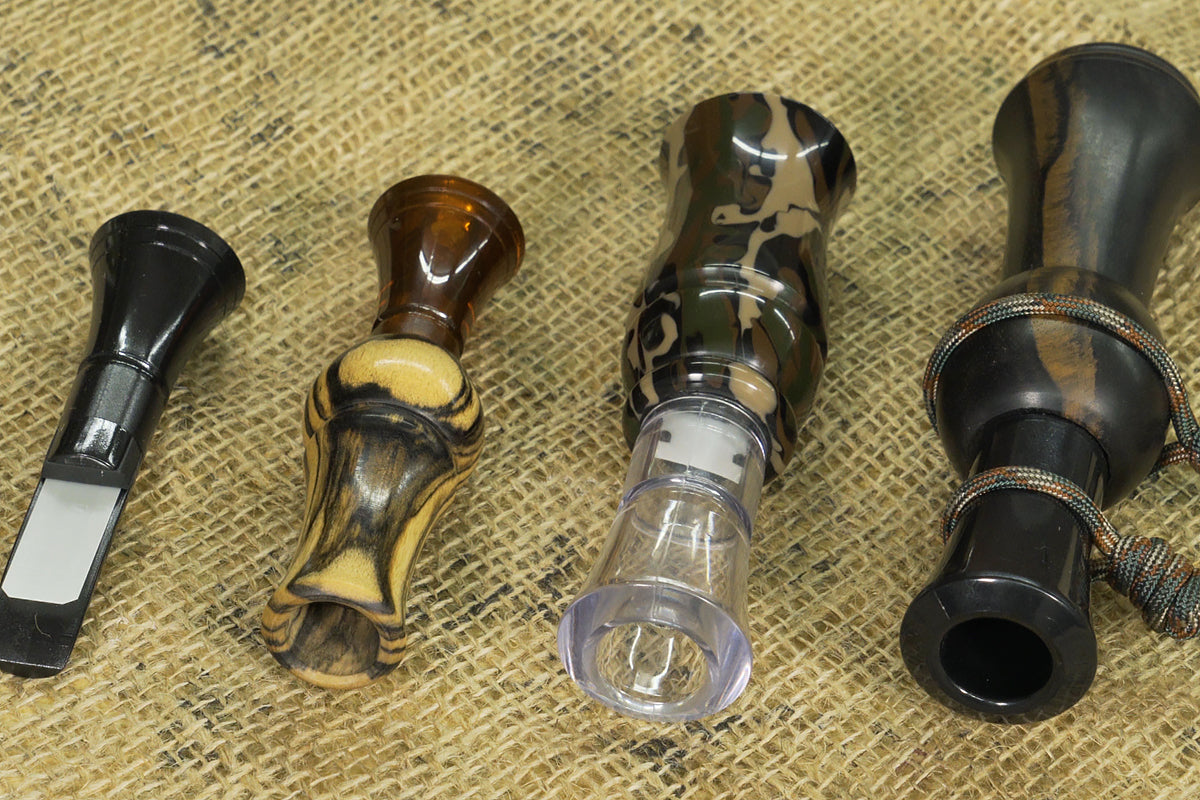
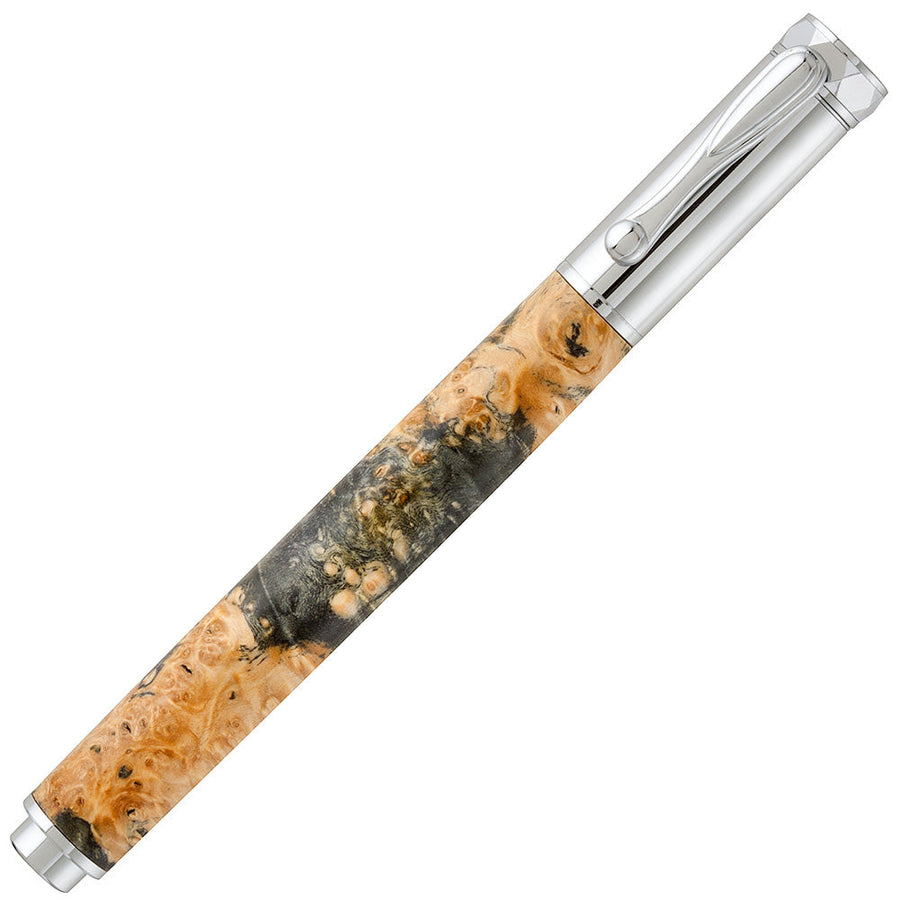
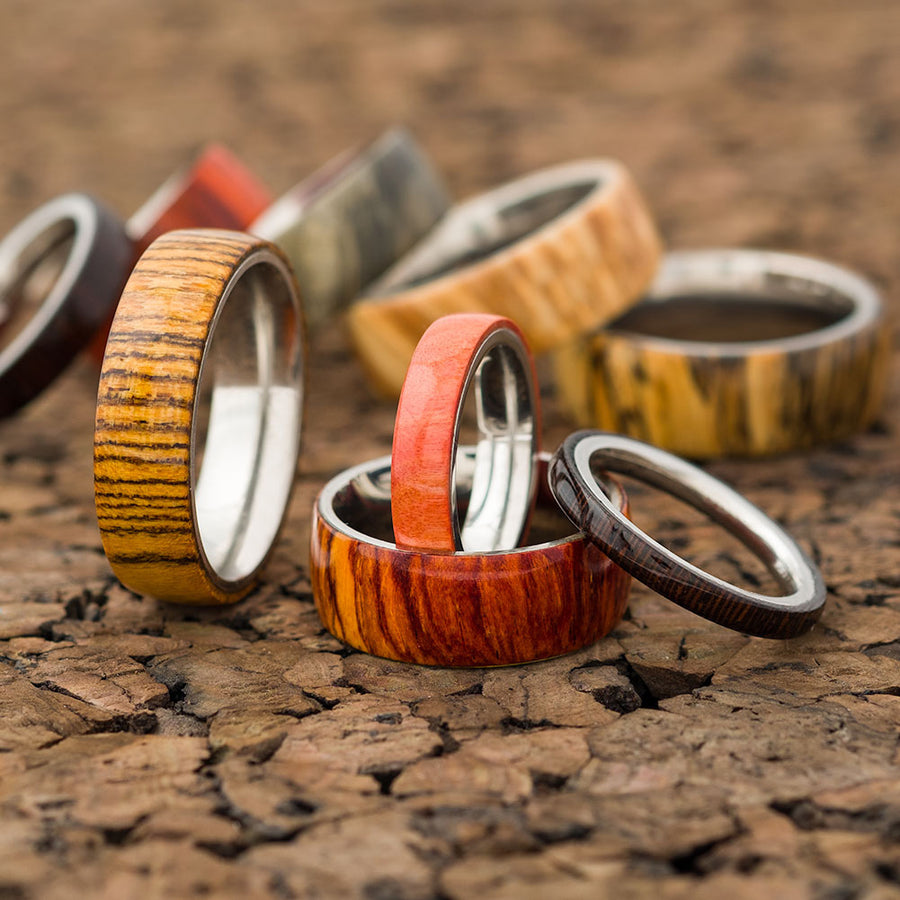
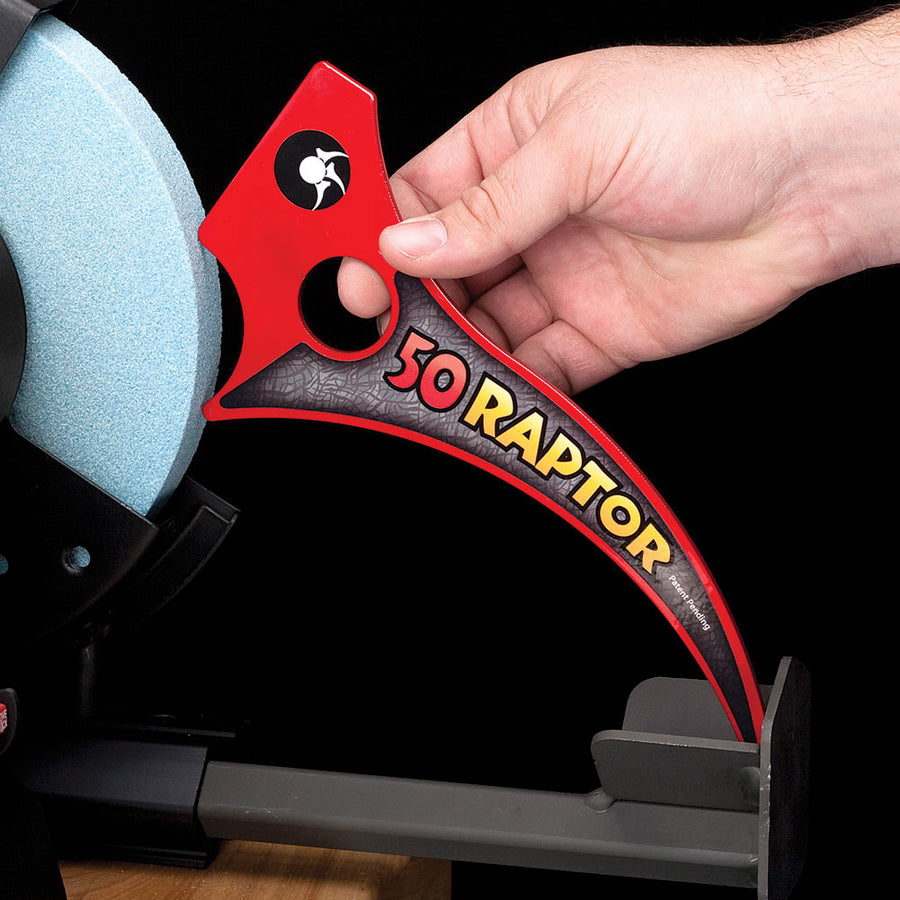
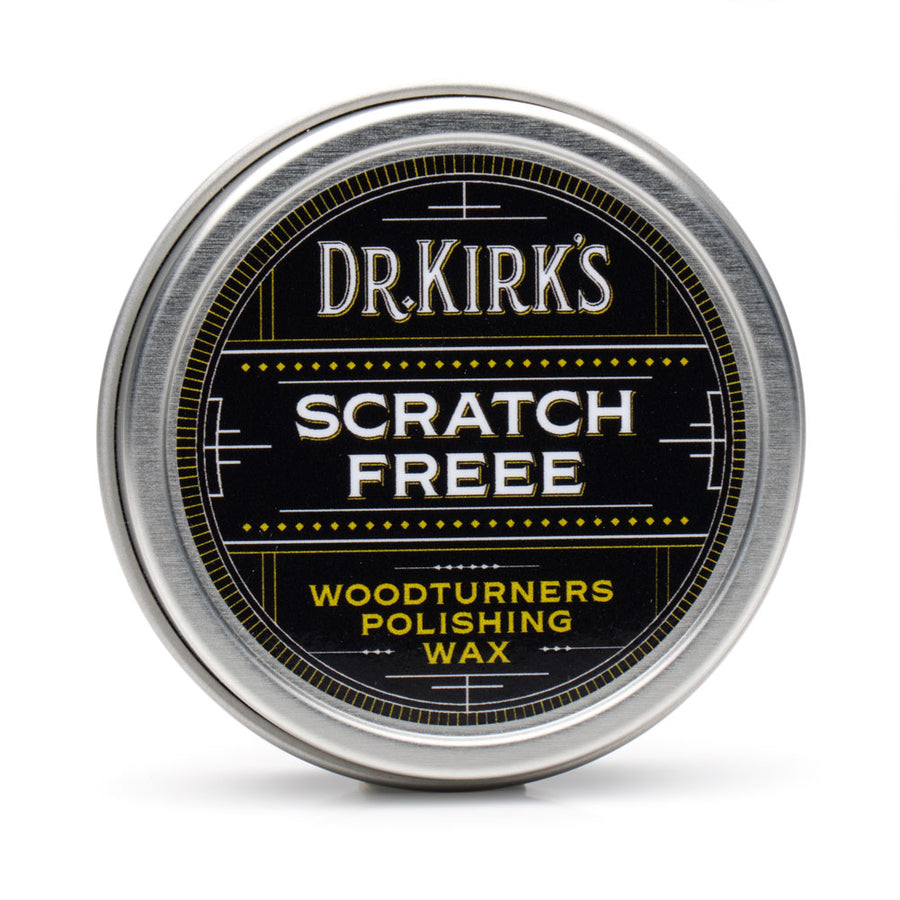
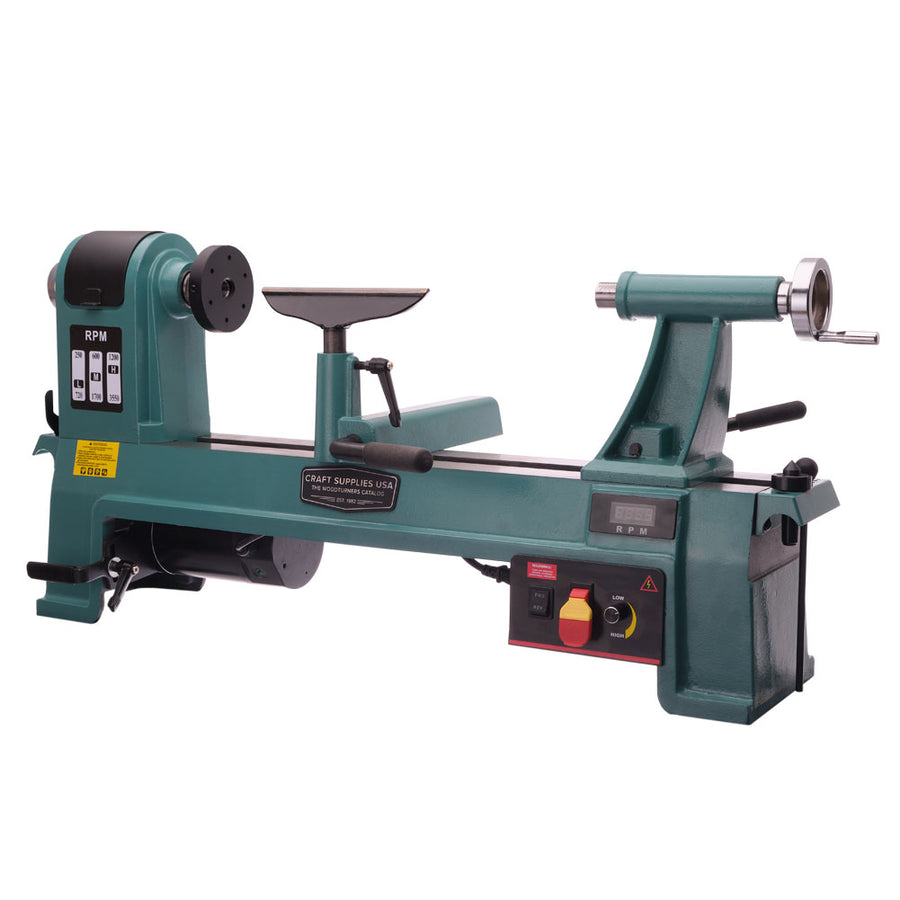
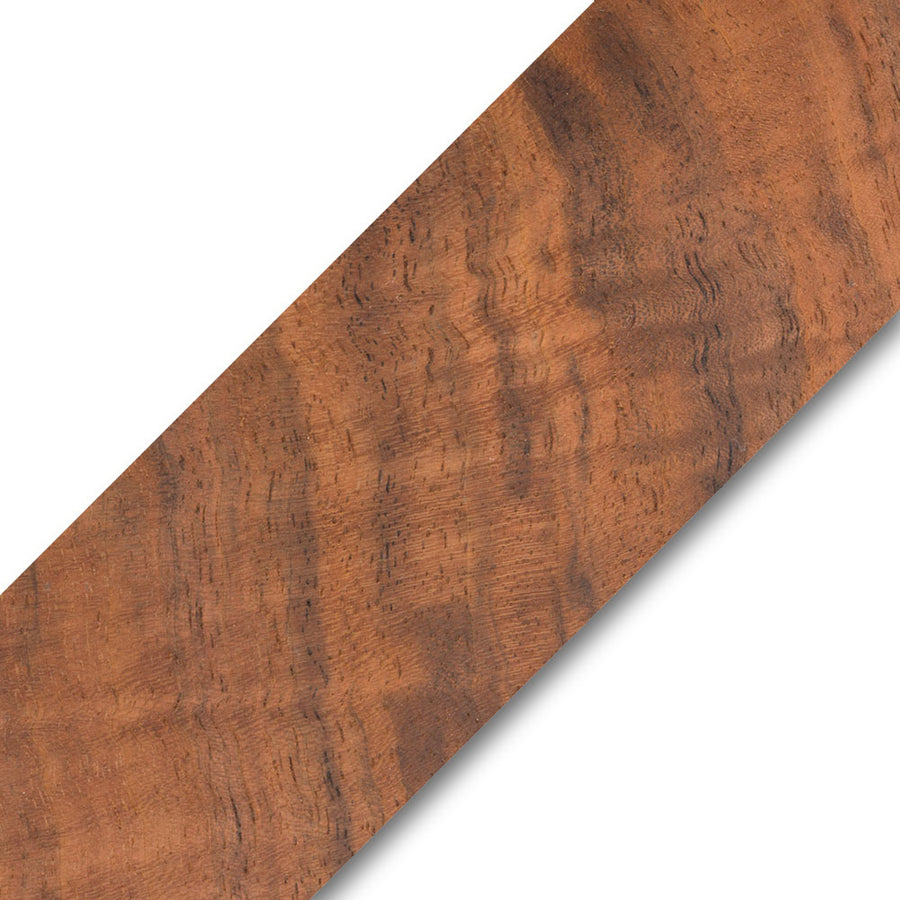

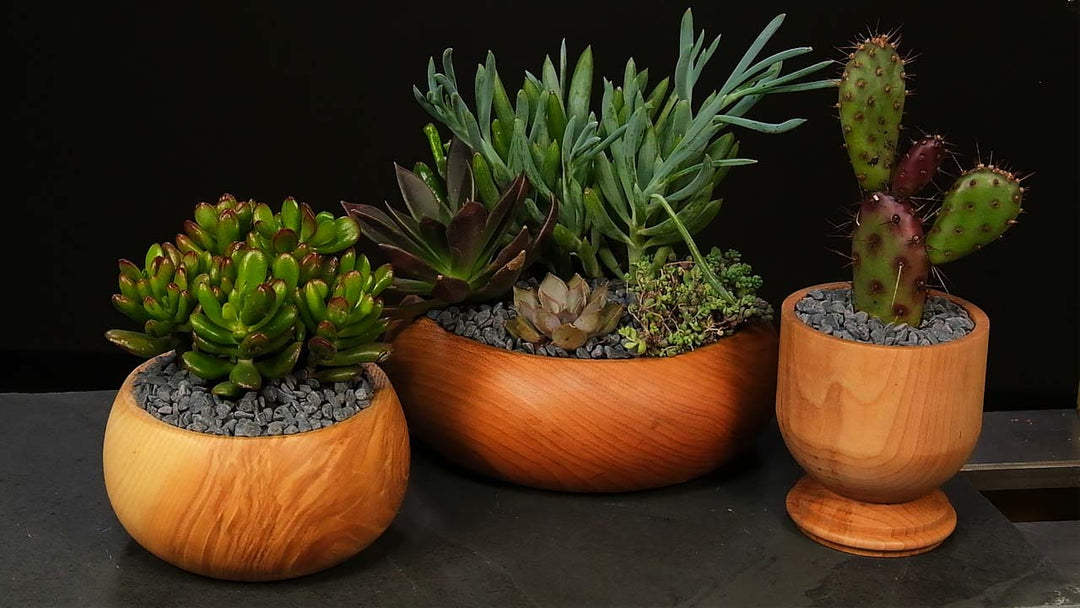
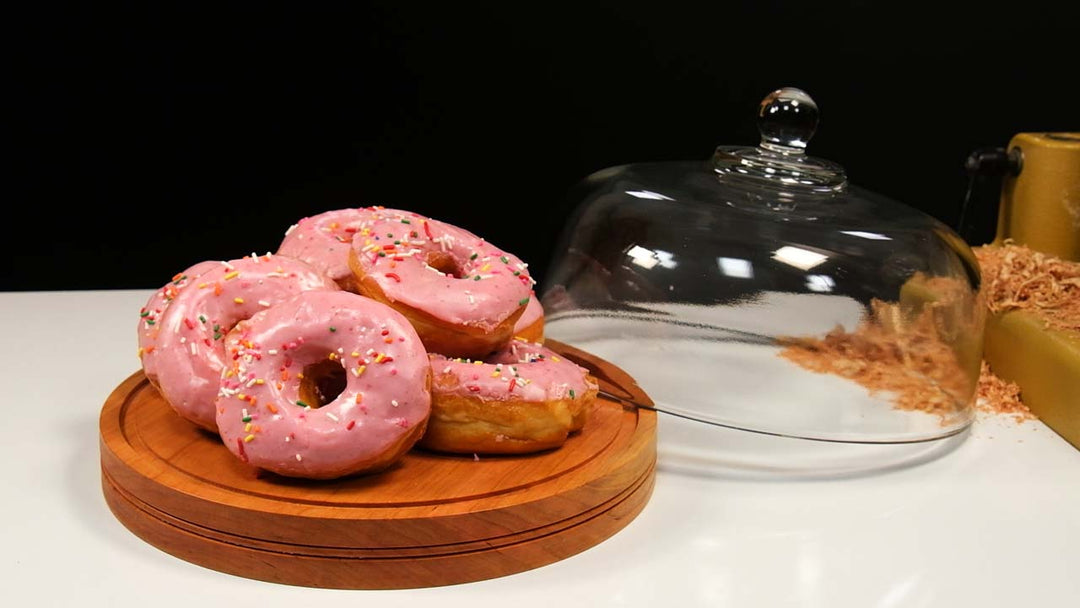
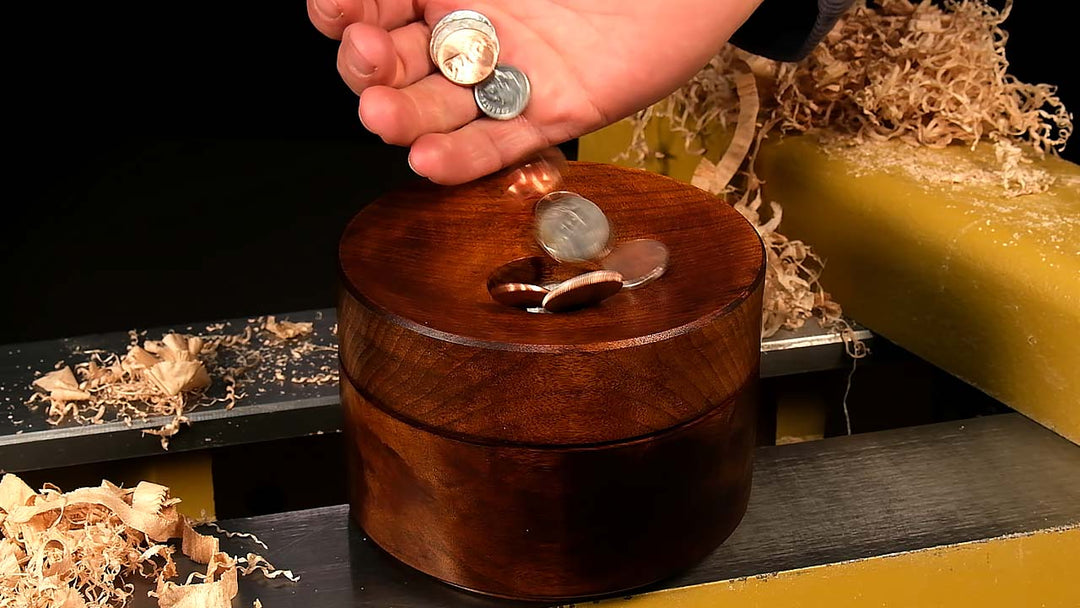
Leave a comment